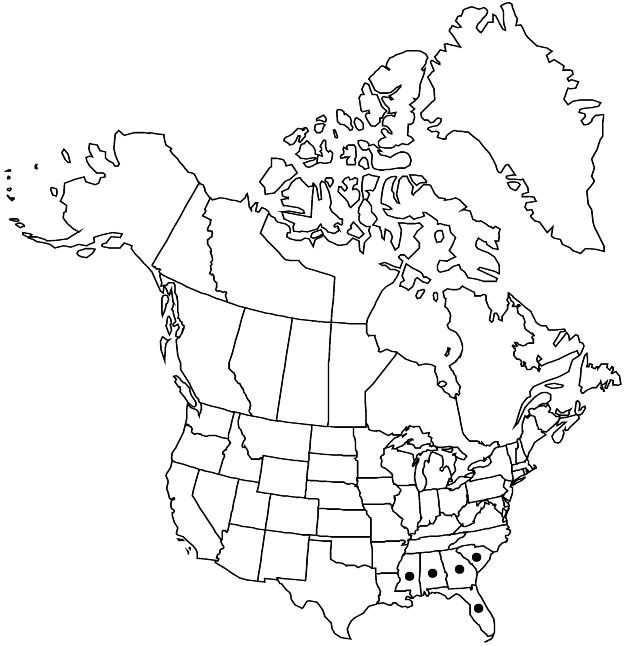Hypericum myrtifolium
in J. Lamarck et al., Encycl. 4: 180. 1797.
Shrubs, erect, with woody caudex, unbranched or branched distally, 3–10 dm, bark on older stems corky. Stems: internodes 4-lined. Leaf-blades oblong-ovate to triangular-lanceolate, 8–40 × (5–) 7–20 mm, base articulated, subcordate-amplexicaul, margins recurved, apex rounded, midrib with 3 or 4 pairs of branches. Inflorescences hemispheric to ± flat-topped, 7–30-flowered, widely branched, with flowers or flowering branches from to 3 proximal nodes. Flowers 15–25 mm diam.; sepals persistent, not enclosing capsule, 5, ovate to lanceolate, unequal to subequal, 5–8 × 2–4.5 mm; petals 5, bright-yellow, obovate to oblong-lanceolate, 8–15 mm; stamens deciduous, 200; ovary 3 (–4) -merous. Capsules pyramidal-ovoid, 5–6 × 3–4 mm. Seeds narrowly carinate, 1 mm; testa shallowly linear-reticulate. 2n = 18.
Phenology: Flowering late spring–summer (May–Jul), sometimes fall.
Habitat: Moist pinewoods, grassy bogs, pond margins, ditches
Elevation: 0–200 m
Distribution

Ala., Fla., Ga., Miss., S.C.
Discussion
Hypericum myrtifolium is related to H. frondosum; it differs in its shorter, usually amplexicaul leaves, the widely dichasially branched inflorescences, and persistent sepals.
Selected References
None.